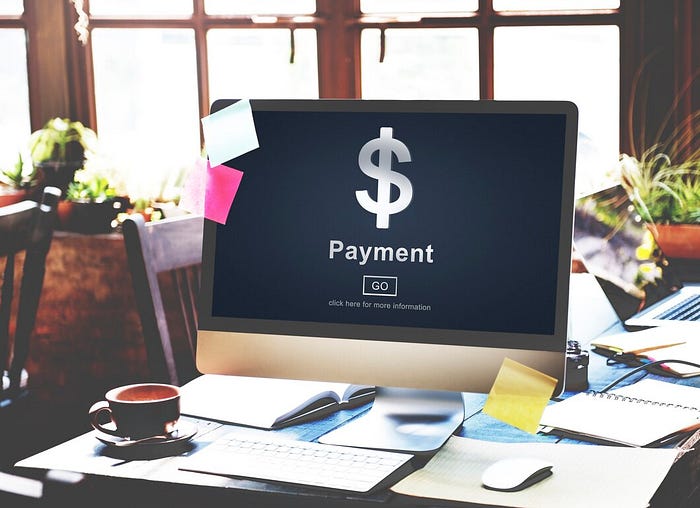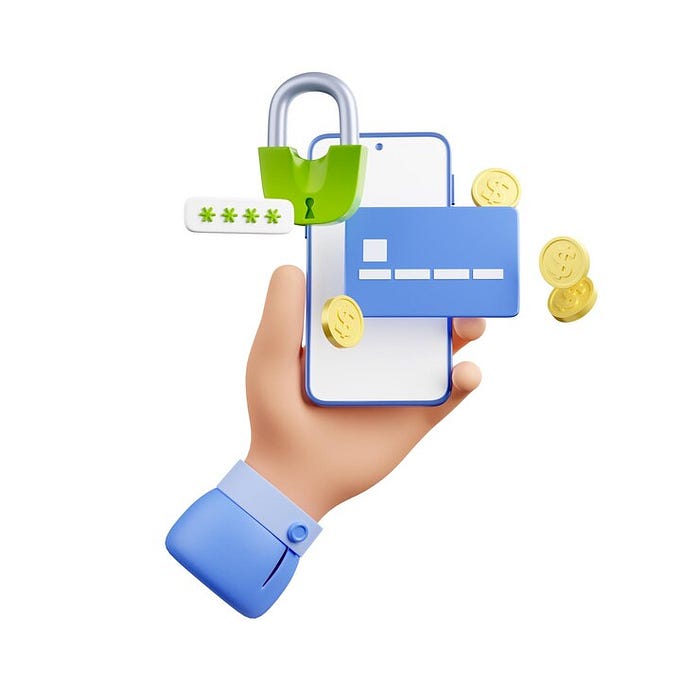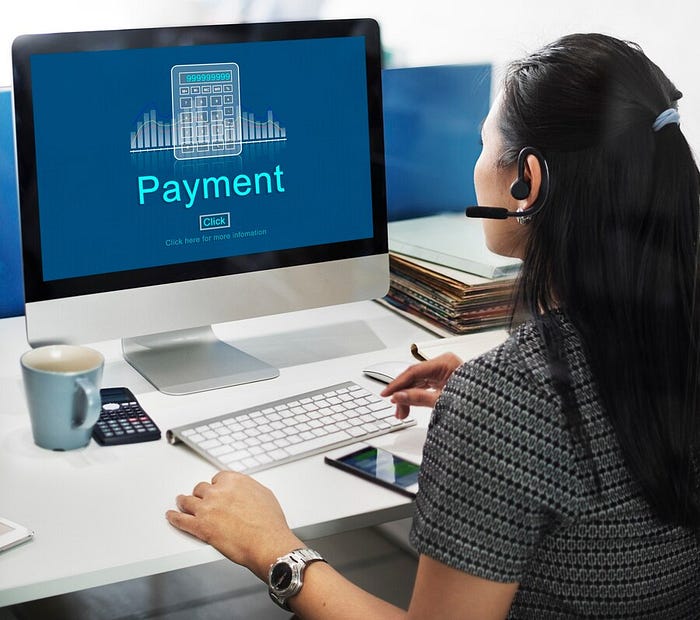Payment Gateway Integration: A Comprehensive Guide
In the fast-paced world of e-commerce and online transactions, payment gateway integration plays a pivotal role in ensuring smooth and secure financial operations. Whether you’re an entrepreneur launching an online store or a developer tasked with creating a seamless checkout experience, understanding payment gateway integration is crucial. In this blog post, we’ll explore what a payment gateway is, why it’s essential, and how to integrate one into your platform.
What is a Payment Gateway?

A payment gateway is a technology that facilitates online transactions by acting as an intermediary between a merchant’s website and the payment processor. It securely transmits payment data from the customer to the acquiring bank and ensures the transaction is authorized before confirming the purchase. Popular examples of payment gateways include PayPal, Stripe, Square, and Authorize.Net.
Why is Payment Gateway Integration Important?

- Security: Payment gateways use encryption and fraud detection tools to protect sensitive customer data, ensuring safe transactions.
- Convenience: They enable businesses to accept a variety of payment methods, including credit cards, debit cards, digital wallets, and bank transfers.
- Global Reach: Many payment gateways support multiple currencies and languages, making it easier to cater to an international audience.
- Customer Trust: A reliable and secure payment system enhances the credibility of your platform, leading to increased customer trust and loyalty.
Discover the Full Guide Now by clicking on the following link
Steps to Integrate a Payment Gateway

1. Choose the Right Payment Gateway
Consider the following factors when selecting a payment gateway:
- Transaction fees and pricing structure
- Supported payment methods
- Compatibility with your platform (e.g., CMS or custom-built website)
- Security features and compliance (e.g., PCI DSS compliance)
- Customer support and documentation
2. Set Up a Merchant Account
Most payment gateways require you to create a merchant account to receive funds. This account acts as a holding area where payments are processed before being transferred to your business account.
3. Integrate the API
Most payment gateways provide APIs (Application Programming Interfaces) that developers can use to integrate the gateway into a website or application. Here’s a general process for API integration:
- Obtain API Keys: Sign up for the payment gateway and get your API credentials (e.g., public and secret keys).
- Add the SDK: Some gateways offer Software Development Kits (SDKs) to simplify integration.
- Implement Frontend Components: Create a secure and user-friendly payment form.
- Configure Backend Processing: Set up server-side logic to handle payment requests and responses securely.
4. Test the Integration
Before going live, thoroughly test the payment gateway in a sandbox environment to ensure it works as expected. Check for issues such as failed transactions, incorrect payment amounts, and security vulnerabilities.
5. Go Live
Once testing is complete and you’re confident in the integration, switch to the live environment. Monitor transactions and gather feedback to identify areas for improvement.
Best Practices for Payment Gateway Integration

- Ensure PCI Compliance: Follow the Payment Card Industry Data Security Standard (PCI DSS) guidelines to safeguard customer data.
- Use HTTPS: Secure your website with an SSL certificate to encrypt data transmission.
- Provide Multiple Payment Options: Cater to diverse customer preferences by supporting various payment methods.
- Optimize for Mobile: Ensure the payment process is mobile-friendly for customers using smartphones and tablets.
- Offer Clear Error Messages: Guide users through potential issues with clear and actionable error messages during the checkout process.
Conclusion
Payment gateway integration is a vital aspect of building a successful online business. By choosing the right gateway, following best practices, and prioritizing security and user experience, you can create a seamless and trustworthy payment system for your customers. Whether you’re a business owner or a developer, understanding these principles will help you stay ahead in the competitive e-commerce landscape.
Ready to enhance your payment processing system? Start integrating a reliable payment gateway today and unlock new opportunities for growth!

Comments
Post a Comment